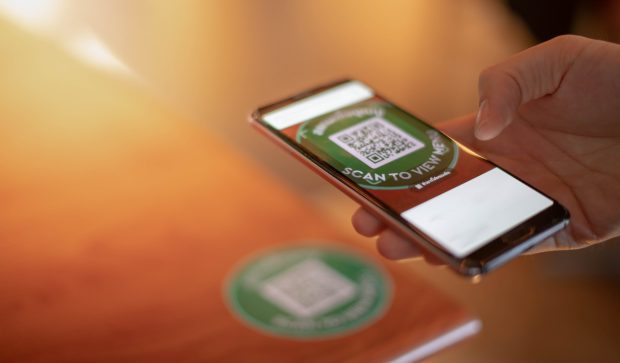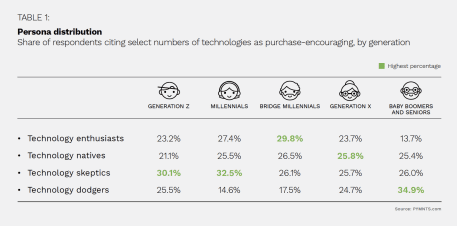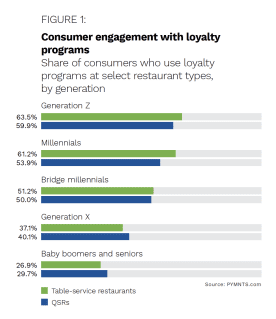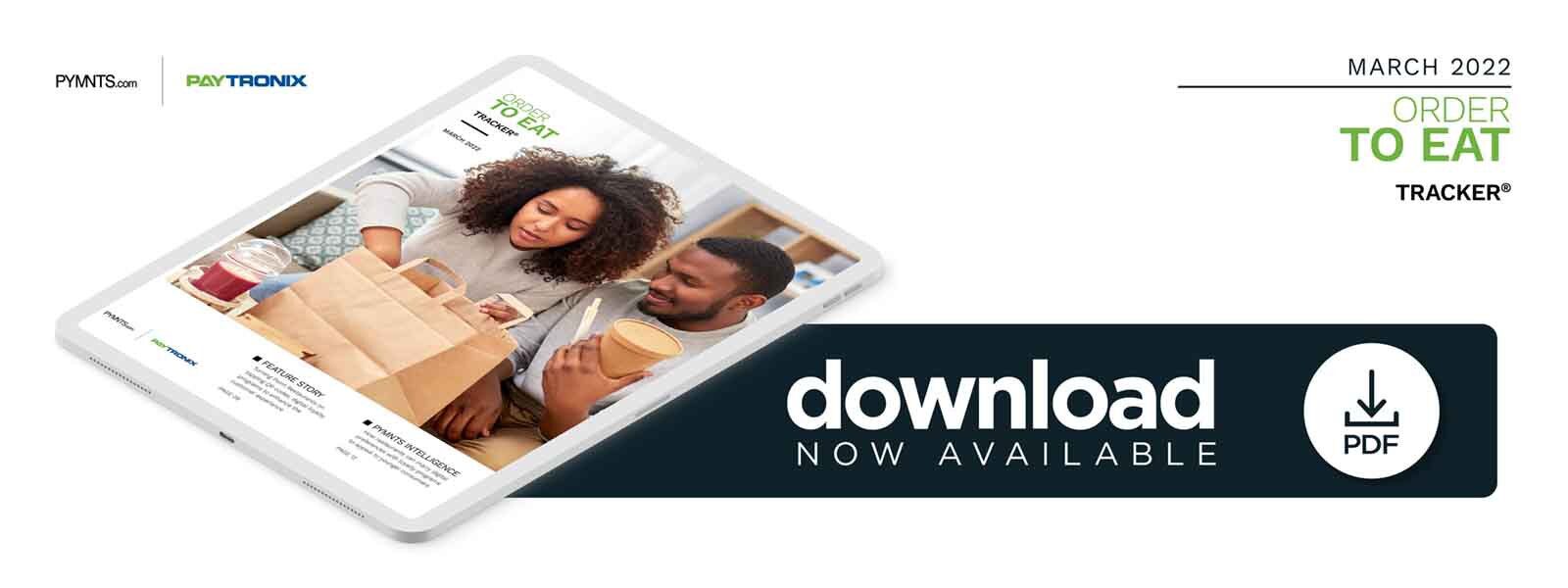PYMNTS Intelligence: Meeting Younger Diners’ Preferences With Technology

More than half of United States restaurant customers want easier ordering and payment options enabled by technology, and millennial and Generation Z consumer preferences heavily impact that average. Additionally, 53% of millennial consumers want to augment their dining experiences with their mobile devices. Younger consumers’ preference for digital tools is a common theme in research, and many in this demographic rely on mobile devices for everything from checking restaurant reviews to exploring what is on the menu.
There has been a significant shift toward digital ordering and payment solutions in the past two years, and restaurants that do not keep up could lose the chance to boost sales with 40% of consumers. A 2021 report found that approximately 60% of all consumers and 71% of millennials were more likely to order food delivery than they were prior to the pandemic. Even at the drive-thru, only 17% of millennials in a recent study said they prefer giving their orders to servers as opposed to digitally, compared to 38% of all consumers.
This month’s PYMNTS Intelligence examines how millennial and Generation Z consumers’ preferences are shaping their interactions with both table-service restaurants and QSRs and how loyalty programs are affecting those preferences.
Busy Lives Need Quick and Simple Solutions

Takeout and delivery have been a growing part of the restaurant landscape for decades, but their presence in the market has increased greatly over time, and that is reflected in generational preferences. Millennials are four times as likely as baby boomers to order delivery or takeout several times a week. This preference appears to be influenced by busy schedules and hectic lives, and households with children show similar preferences for ordering out. The increasing variety of delivery and takeout options allows families to balance other demands in their lives with having family meals.
Millennials also very often are technology enthusiasts, meaning they regularly engage with nine or more technologies as a part of their lives. PYMNTS’ data shows that 27% of millennials and 30% of bridge millennials are technology enthusiasts. Another 26% of millennials and 27% of bridge millennials are technology natives, those engaging with five to eight technologies. This makes them more likely to have some familiarity with restaurants’ ordering and purchasing technologies. It also makes restaurants that employ such technologies more appealing to these demographics. On average, millennials and bridge millennials use more purchase-encouraging technologies than any other generation, including Generation Z. More than half of both millennials and bridge millennials report using at least five technologies, while only 44% of Generation Z consumers fall into that expanded category. Technology enthusiasts also are the most likely to purchase meals from restaurants repeatedly during the week, with 16% buying food from restaurants at least three times a week and 36% doing so once or twice a week.
Keeping Customers Loyal
In addition to ensuring that restaurants’ technologies meet the expectations of those most likely to patronize them, loyalty programs can help restaurants make sure they are at the top of customers’ options. Among QSR customers overall, 21% say loyalty programs are either “very” or “extremely” important in determining the restaurants they patronize. That share is 24% among table-service restaurant customers. Among millennials, this grows to 30% of QSR customers and 39% of table-service customers.
Millennial and Generation Z customers also are more likely than other demographics to participate in loyalty programs. Sixty-one percent of millennials and 64% of Generation Z consumers said they are part of a loyalty program with at least one table-service restaurant, compared to 37% of Generation X consumers and 27% of baby boomers and seniors. Subscriptions offer a similar way to encourage customer loyalty, and millennials and bridge millennials are more likely to have restaurant subscriptions than any other generations.
Moving Into the Future
The trends that have shaped millennial and Generation Z consumer preferences will create even greater demand for fast, simple and easy ordering and payment options in the future. Technology makes it easier for restaurants not only to inform consumers about such concerns as food waste and healthy menu options, which motivate younger consumers and those with families, but also to retain their loyalty with incentives and subscription models. As restaurants add offerings that speed and simplify ordering and payment processes, these customer retention tools can be integrated into mobile apps and online portals that encourage younger consumers to keep coming back for more.
